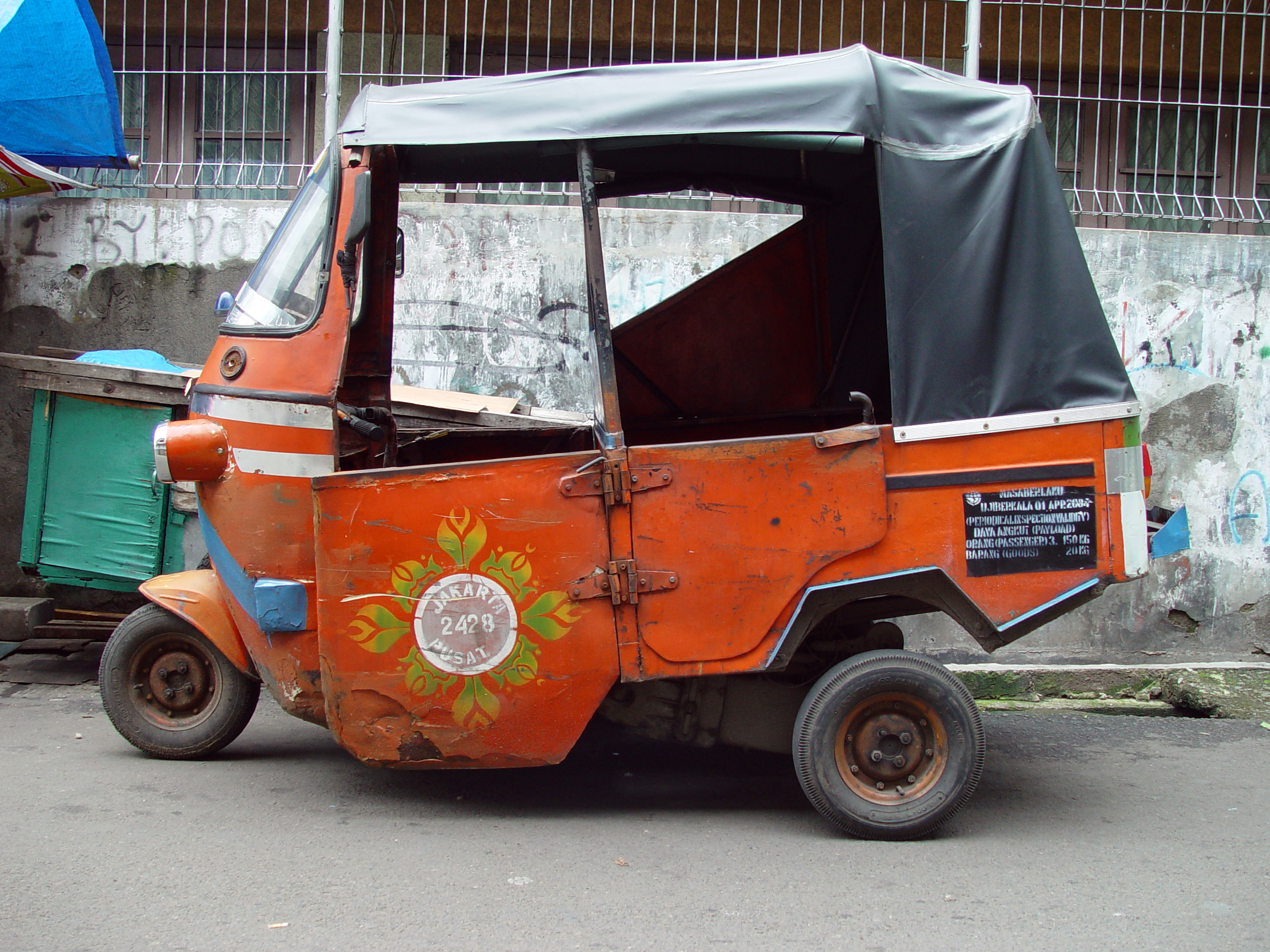





Jw Marriott Jakarta
Jl Lingkar Mega Kuningan Kav Jakarta, 12950 ID
Description
The iconic JW Marriott Hotel Jakarta is located in the commercial district of Mega Kuningan, in the heart of Jakarta's Golden Business Triangle commercial and shopping district, within close proximity to many multinational corporations and embassies.
JW Marriott Hotel Jakarta offers extensive services, including an executive level with private lounge, 24-hour business center, 24-hour room service, 13 meeting rooms, and health club with outdoor swimming pool and spa. The hotel offers several excellent restaurants: Sailendra Restaurant is known for having best buffet spread in town featuring open kitchens and built-in live cooking stations; Asuka is a modern Japanese restaurant with teppanyaki, robatayaki, sushi bar, and private rooms; Pearl Chinese Restaurant offers superb Cantonese cuisine. Airport butler service is available to assist you upon arrival and departure. Onsite parking is 3 a day for self-parking and 2 an hour for valet parking.
All rooms in JW Marriott Hotel Jakarta carry the plush Marriott Revive Collections bedding, laptop-size safes, coffee/tea facilities, and high-speed Internet access.
Jw Marriott Jakarta Property Information:
Rooms: 333
Floors: 30
Smoke-free Hotel: Yes
Jw Marriott Jakarta Service
* Family rooms
* Smoke-free
* Car rental desk
* Conventions
* Dry cleaning
* Luxury
* Data port
* Nonsmoking
* Meeting room
* Dining
* Business center
* Wheel chair access
* Swimming pool
* Fitness facility
* Free high speed internet
* Free parking
Jw Marriott Jakarta Reservation Policies:
Check-In: 1400
Check-Out: 1200



















